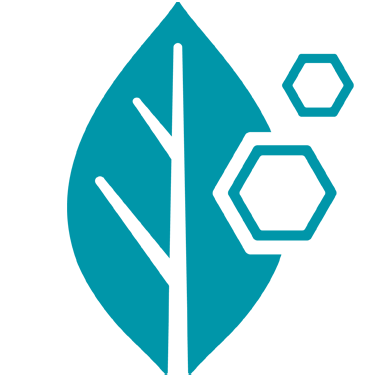
- Health hub/
- Women's health/
- Candida and digestive health


There are over 70 different species of yeast from the Candida family, but the one that causes problems for us humans in particular is Candida albicans. This species can be found in all human beings, but if allowed to over-proliferate, it can transform from its normal form into something more harmful.
Candida albicans naturally inhabits the mouth, throat, intestines and genital/urinary tract in small amounts. This in itself is not a problem as healthy people have adequate 'good' bacteria such as Bifidobacteria and Acidophilus to help keep its population in check.
A strong, healthy immune system is also essential to keep a good balance. In maintaining a healthy relationship with Candida, it really is a case of keeping this 'house guest' from taking over and wearing out its welcome.
What happens when things go wrong?
Candida has thrown a party, and it looks like it isn't going to wind up anytime soon. What's happened? How has it managed to compromise your health?
In its normal form Candida albicans is a simple yeast. However, when the intestinal environment allows for an overgrowth, it can transform into an aggressive mycelial fungal form. When this occurs, the condition is known as candidiasis.
The mycelial fungal form produces long, root-like components called rhizoids, which are capable of piercing the lining of the digestive tract. This can break down the barriers between the intestines and the blood stream. When this happens, substances can enter the blood stream from the digestive tract that normally wouldn't be able to [8,9]. These substances may include common allergens, and may be responsible for many of the symptoms of candidiasis.
Common symptoms of candidiasis
What makes this condition difficult to pinpoint is that it can present with such a wide variety of symptoms. Differences in symptoms may depend on an individual's age, sex, environmental exposures, and immune system.
Here are some examples:
- fatigue
- low mood
- bloating
- flatulence
- diarrhoea
- constipation
- heartburn
- intestinal cramps
- recurrent fungal infections of the skin
- chemical sensitivity
It is important not to self-diagnose candidiasis, as many of these symptoms can be related to other health conditions. Seeing a naturopath or other healthcare professional is recommended if any of these symptoms are common for you.
Causes of candidiasis
The following factors have been associated with the onset of candidiasis:
- prolonged or combined use of some prescription medications (eg. corticosteroids, oral contraceptive pill and antibiotics)
- hormonal changes (eg. pregnancy)
- immune suppression (eg. from toxins, stress or illness)
- high sugar intake
- parasite infestation
- alcohol intake
A combination of any of the above factors may increase the risk.
Prevention and treatment
Prevention and treatment usually addresses two main areas: reducing factors that promote the growth of Candida albicans and supporting and improving immune function.
Dietary changes are a key component of preventing this opportunistic organism from getting the better of you. Candida feeds on sugar, so avoiding foods containing sugar in its various forms is a major component of recommended dietary change.
Exclusion of the following foods is often advised:
- sucrose
- dextrose
- fructose
- fruit juices
- honey
- milk products (contain lactose)
- most fruit (except berries)
- alcohol
- refined carbohydrates
- yeast containing or promoting foods (eg. bread, vinegar, baked goods)
- mould containing foods (cheeses, grapes, mushrooms, fermented foods) (17)
The following nutrients, herbs or natural supplements are commonly recommended to aid in the treatment of candidiasis. They act to support immunity, inhibit growth of the Candida organism, and/or support the health of the digestive tract:
- probiotics (ie. good bacteria) such as Lactobacillus acidophilus\
- vitamin C
- vitamin E
- vitamin A
- zinc
- Golden seal
- Garlic
- Pau d'arco
For more information on candidiasis, or to find out if you may have the condition, see a naturopath or other healthcare professional for an individual consultation that caters for your specific needs.
References available on request




